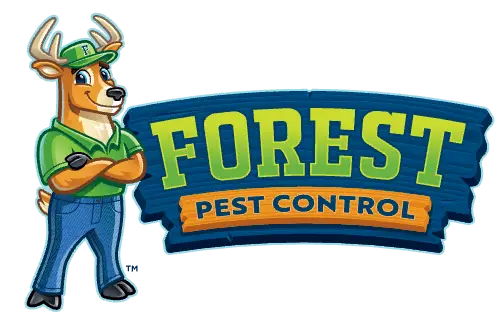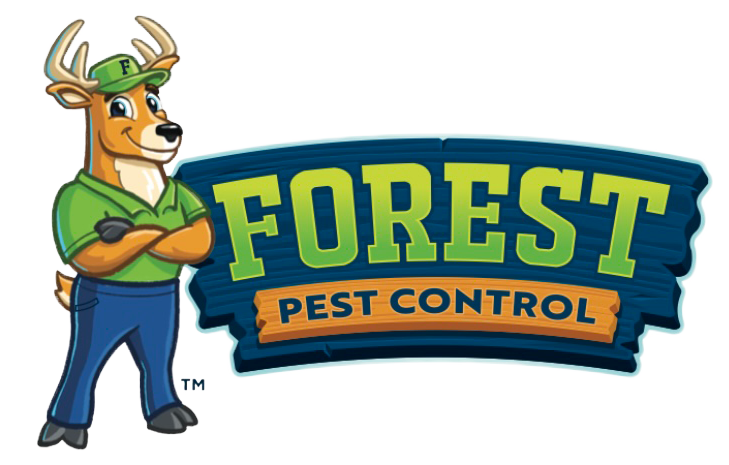Common Misconceptions About Termites

 Your home is one of the most significant investments you’ll ever make. It goes without saying that protecting it from the ravages of termites is crucial, but in a sea of information, it’s easy to form misconceptions about termite infestations and damage.
Your home is one of the most significant investments you’ll ever make. It goes without saying that protecting it from the ravages of termites is crucial, but in a sea of information, it’s easy to form misconceptions about termite infestations and damage.
In this article, we want to set the record straight on some commonly believed myths about termites.
Misconception #1: “If I Have Termites, I’ll Notice Right Away”
Many people believe that the signs of a termite infestation will be clear, but this is often not the case. While some tell-tale signs can immediately alert you to the reality of an infestation, they are more the exception than the rule.
- What Are the Visible Signs?: Some of the more noticeable indicators of a termite presence include swarmers (flying termites), shed wings, mud tubes on exterior walls, and visible damage to wood structures. These signs can indeed tip you off to an infestation, but they won’t always be present.
- The Reality of Detection: Many termite infestations are subtle and can go unnoticed for years. Termites operate quietly, often within the hidden parts of your home. Their harm is inflicted slowly, which means significant damage can be done before any signs become apparent.
- Why Termites Go Unnoticed: Termites need a moist, dark environment to thrive, which leads them to build their colonies deep within the structure of your home, far from easy observation. That’s why having an annual termite inspection is an important part of home maintenance in areas with high termite activity.
Misconception #2: “My House Had Termite Pretreatment So It’s Safe from Termites”
If your home received pretreatment during construction, great – you’re more protected than the average house. Still, you’re not completely protected, and if your house was built many years ago, the effectiveness of the pretreatment may have started to wear off.
- How Pretreatment Works: Termite pretreatment is a preventive measure taken during the construction of a home. It may involve treating the soil around the foundation with termiticides, installing physical barriers, or treating building materials.
- Not a Guarantee: While pretreatment is an effective step in termite prevention, it’s not a guaranteed solution. Over time, the effectiveness of chemical treatments can diminish, and physical barriers can be breached. Most products used for pretreatments these days are only warrantied for up to a year, and their effectiveness often wears off earlier than that.
- Why It’s Not Enough: Termites are persistent and can find the smallest gaps to enter your home. All they need is 1/32 of an inch – the thickness of a piece of paper! Changes in the landscape, weather conditions, and natural degradation of treatments can also lead to potential infestations.
Misconception #3: “My House Has Block Construction So It’s Safe from Termites”
Termites’ diets are based on cellulose, abundant in wood materials. If your home uses block construction, that part of your structure may be immune to termites, but it doesn’t mean the entire structure is. In fact, the majority of termite damage we deal with is in homes with block construction!
- What Is Block Construction?: Block construction homes use cinder blocks or concrete blocks as the primary structure, but are usually made with wood studs in the wall and wood trusses in the attic. They also all have plumbing penetration to wooden cabinets, allowing termites plenty of space to infiltrate.
- Reduced Risk, Not No Risk: Block construction can indeed reduce the risk of termite infestations in the foundation but doesn’t eliminate the risk. Termites can still enter through cracks, joints, and areas where wood components meet the block structure.
- Why You’re Still at Risk: Homes with block construction still often have many components that are wood-based or materials that have cellulose. Termites can create mud tubes to travel across non-edible materials, reaching wooden parts of your home.
Learn more about the cost of termite damage >> “How Much Does It Cost to Repair Termite Damage?”
Misconception #4: “My Homeowners’ Insurance Covers Termite Damage”
Homeowners may ignore termite infestations for longer than they should because they believe their home is covered under their insurance policy. Some insurance companies do offer add-on termite coverage, but it’s important to understand how you’re covered.
- The Assumption: Many homeowners believe their insurance policy automatically covers termites. Or they believe they have termite coverage that covers any type of termite infestation or damage.
- The Reality: Most homeowners’ insurance policies exclude termite damage, categorizing it as preventable through proper maintenance and routine inspections. If you do have termite coverage, it may be narrowly defined and not cover everything.
- Check Your Policy: It’s vital to speak with your insurance provider to understand the specifics of your coverage. Some policies may offer limited coverage under certain conditions, but this is not the norm.
- We Cover What Insurance Doesn’t: If you are interested in long-term termite protection, call us today and ask about our “Ter-Mighty” Protection Plan, which includes a $500,000 damage repair and retreat guarantee.
Misconception #5: “Termite Inspections Aren’t Necessary or Helpful”
Some people think a termite inspection will only involve a technician poking around with a flashlight. Not with Forest Pest Control – we recognize how critical this work is and take all necessary precautions to catch signs of termite infestations.
- Conducive areas assessment: In a termite inspection, you need to account for more area than you might imagine. New wood piles in the yard, fencing, gardening equipment, and more could be quiet contributors to a brewing termite infestation.
- Barrier breakage check: Some homeowners don’t realize that renovations to your property can inhibit the work your termite barrier system is doing. New additions, decks, pool houses, sheds, and more can create immediate termite hazards.
- Warranty fulfillment: All termite warranties that guarantee a monetary value require a yearly inspection. We cover up to $500,000 in damage with our Termighty Guarantee because we use top-tier products and execute thorough inspections every time.
WDO (Wood Destroying Organism) Inspections, commonly called termite inspections, are extensive visual inspections that check for the presence or evidence of past, on-going, or possible conducive conditions future termite infestations. You have to have at least 3 years of experience and over 45 completed jobs to be certified to do termite inspections in Florida – Forest Pest Control has the necessary credentials.
More Questions About Termite Myths?
Termites are a common problem, and as a result, the internet has proliferated with information about them that’s not entirely accurate. In this article, we tried to cover five of the most common myths about termites, but we understand you may still have questions.
If you have questions, just give our termite control experts a call. We’ll be happy to clear up any confusion for you. If you’re suspicious you may have termites in your home, call us today to schedule an inspection!

Ready To Schedule Service?
Leave us your information below and we will get right back to you.
Get the Facts
On Termites
- Termites cause more damage each year than fires, floods and hurricanes combined.
- Termites are very active here in Florida.
- Termite damage is not covered by your homeowner’s insurance.
OUR TERMITE
PROTECTION PLAN IS
'TER-MIGHTY'
You’ll enjoy peace of mind knowing your home is protected by Forest’s “Ter-Mighty” Protection Plan. It includes a $500,000 damage repair and retreat guarantee. Now, that’s “ter-mighty” good!


